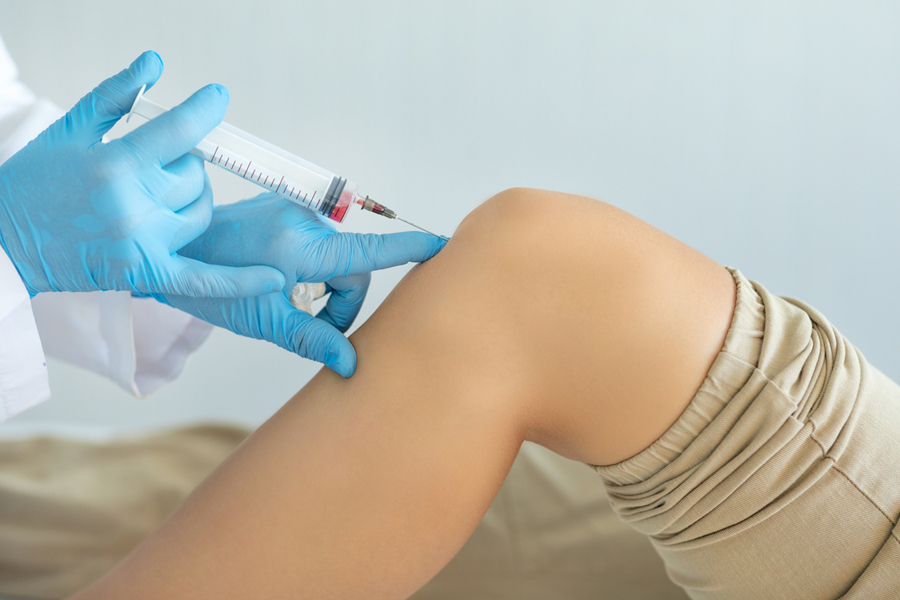To begin with, regular mammograms should be part of every woman’s health care routine. Women should begin having regular mammograms at age 40 or sooner if they have a family history or other risk factors. Mammograms can help detect tumors before they become visible on physical examination and can even detect small lumps that may not yet be felt by the patient herself. In addition to being an invaluable tool for early detection, mammography can also help monitor any changes in existing tumors over time.
In addition to regular screenings, it is also important for women to practice self-examination at home. This involves checking your breasts regularly for any unusual lumps or changes that could indicate cancerous cells present in the body. It is best done with both hands while standing in front of a mirror so you can view each breast from different angles and note any changes more easily than when lying down during a clinical exam.

Regularly feeling your breasts will help you become familiar with their normal shape and size so you’ll quickly recognize if anything has changed between exams at your doctor’s office – allowing you to catch any potential warning signs faster than waiting until your next appointment rolls around again.
Finally, it’s critical that women understand their own risk factors for developing this type of cancer including age, family history, and lifestyle choices such as smoking or drinking alcohol excessively so they can make educated decisions about when screenings should start as well as how often they need to occur over time based on their individual circumstances.
With these measures combined together with regular checkups along with self-examinations, we can drastically reduce our risks by catching cancers far earlier than ever before giving us all better odds against its devastating effects on our lives going forward into the future!




